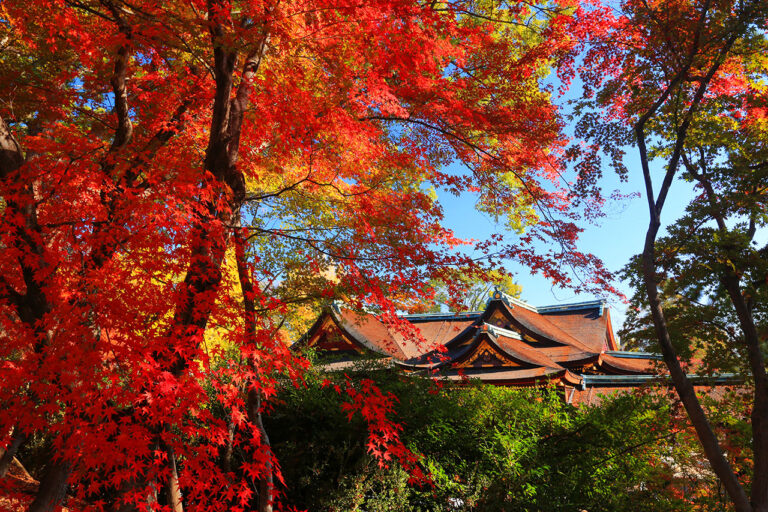
Introducing the highlights of [Kitano Tenmangu], which is familiar with the god of learning...
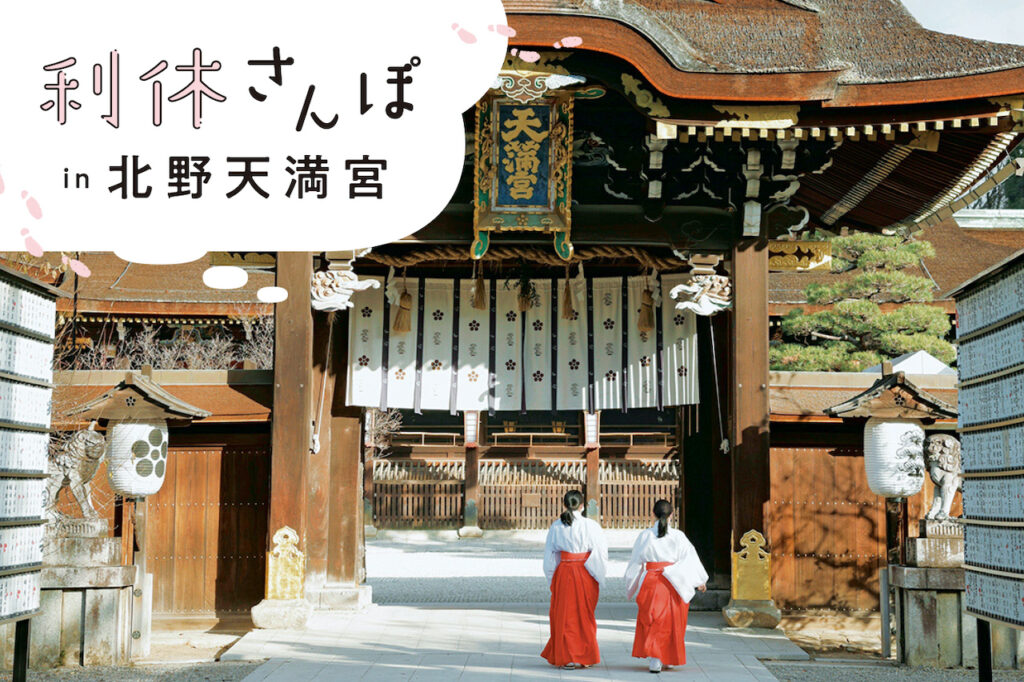

Kitano-Tenmangu Shrine is the head shrine of the 12,000 Tenmangu shrines in Japan, and is affectionately called "Kitano Tenjin-sama" in Kyoto. The shrine is also the site of the "Kitano Grand Tea Ceremony," a large-scale tea ceremony in which Sen no Rikyu served as the head tea master.
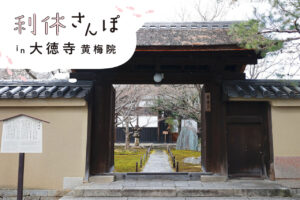
Daitokuji Temple has a deep connection with the tea ceremony. The "Naochu-niwa" garden at Koumei-in Temple, which stands on the temple grounds, is said to have been created by Rikyu. The garden is open to the public on special occasions.
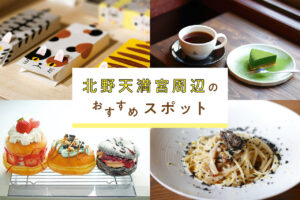
Introducing recommended spots around Kitano Tenmangu Shrine, a place associated with Rikyu!
Sen no Rikyu, known as the "tea saint," was born into a merchant family in Sakai in 1522. He inherited "wabicha" (tea ceremony) from Takeno Shaowo, and developed the unique Japanese tea ceremony to a great extent during the Momoyama period. Rikyu was active in politics as a tea master (a profession specializing in serving tea) for Oda Nobunaga and Toyotomi Hideyoshi, who used the tea ceremony at that time. His descendants continue as the Sanzenke, a family of tea masters, and have had a significant influence on the modern tea ceremony.
Kitano Tenmangu Shrine, the head shrine of Tenmangu, is widely known as the god of learning, but it is also well known as a place associated with tea culture. The event that triggered this culture was the Kitano Grand Tea Ceremony held by Toyotomi Hideyoshi in Tensho 15 (1587). Hideyoshi used the Kitano Tenmangu Shrine, which he revered, as the center of the event, and the surrounding area as the venue for more than 1,000 tea ceremonies. In addition to its scale, the tea ceremony was unprecedented in that anyone, regardless of status, could participate with a single tea bowl. Sen no Rikyu was one of the three tea masters who were invited as tea master. It is said that Hideyoshi and Rikyu themselves served tea to the common people at the tea ceremony. A stone monument on the grounds of the tea ceremony site, which reads "Site of the Great Kitano Tea Ceremony," is a reminder of the days when the tea ceremony was held there.
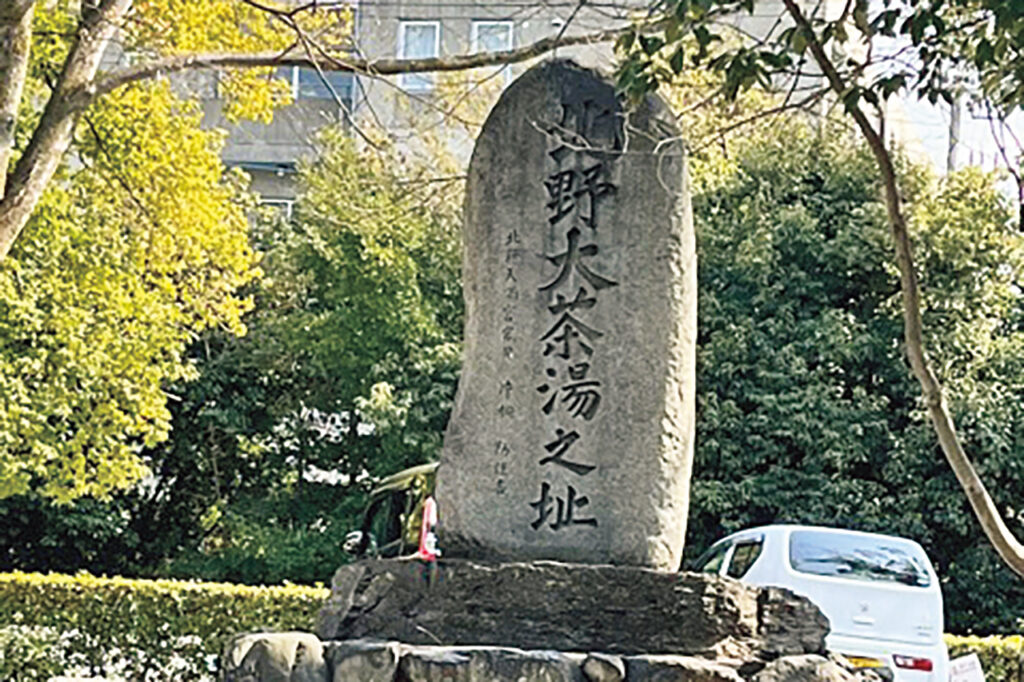
The stone monument "Kitano Ocha-yu no shi (Site of the Great Tea Ceremony in Kitano)" is a reminder of the old days.

There is an anecdote that Hideyoshi brought a golden tea house to the Kitano Grand Tea Ceremony, and there are currently four tea houses on the grounds of the temple. Although none of them are open to the public, two of them host monthly tea ceremonies. One of the teahouses is Shoukouken, which can be seen on the left as soon as you pass through the Ichino Torii (first shrine gate). It is said that the well used by Hosokawa Sansai at the Kitano Grand Tea Ceremony still remains here. The Taiko-well, from which Hideyoshi is said to have drawn water at the Kitano Grand Tea Ceremony, can actually be seen in the plaza in front of the tower gate. Meigetsha, another teahouse where moon-gama is held, is located at the back of the temple grounds. Since the Kitano Grand Tea Ceremony was held on October 1, tea ceremonies are held on the 1st and 15th of each month. The shrine also holds a tea ceremony on December 1 every year in honor of the Kitano Grand Tea Ceremony, and the culture of chanoyu has been handed down to the present day.
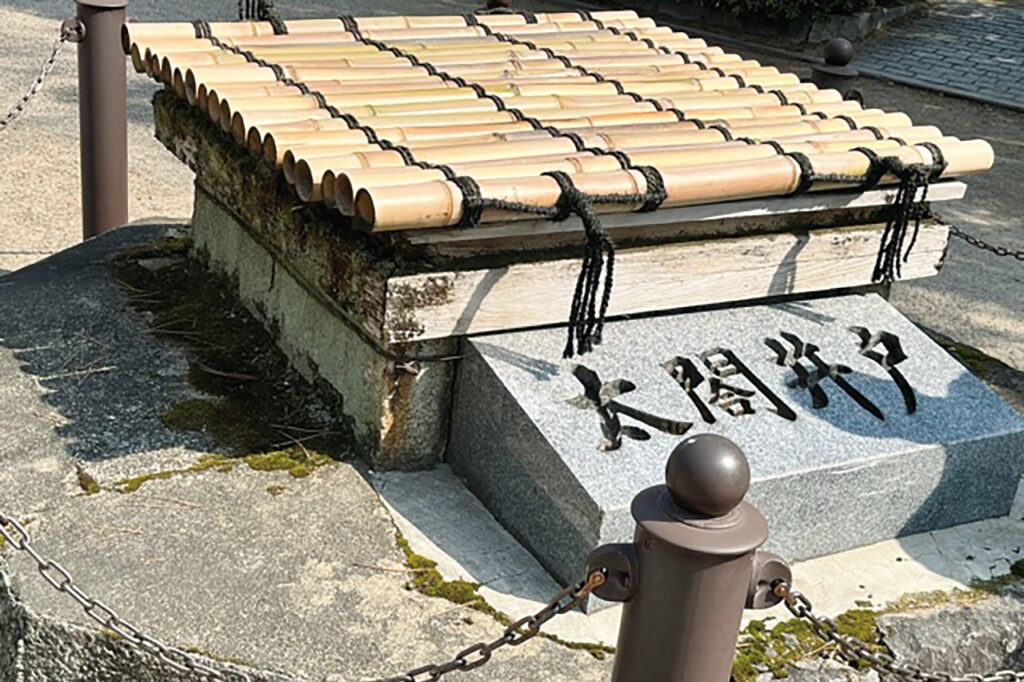
The Taiko-well, where Hideyoshi is said to have drawn water at the Kitano Grand Tea Ceremony.

As can be seen from the well used for the Kitano Grand Tea Ceremony, Kitano Tenmangu Shrine has long been blessed with abundant water. The Kamiya River flows through the Momiji-en Garden, which is open to the public during the season of autumn leaves and fresh green leaves, and adds elegance to the scenery of the four seasons. In the past, water also flowed around the precincts of the shrine, and the river flowing on the east side of the precincts was called the Matsuba River. Just outside the east gate, the border with the road is slightly arched like a small bridge, and the vestiges of this can be seen. Today, the south gate is the main gate, but in the past, the east gate was the main gate. This is why Kami Shichiken developed as an approach to the temple and still has an emotional atmosphere today. We would like to stroll around the area knowing such history and enjoy it more deeply.
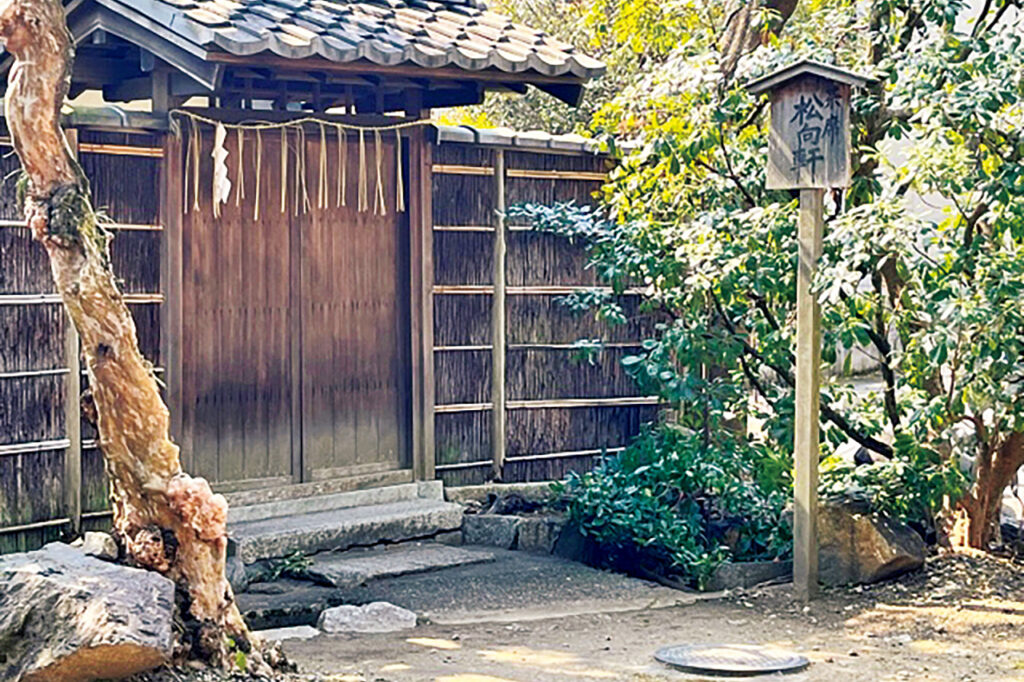
Shoukouken, a tea house where monthly tea ceremonies are held.

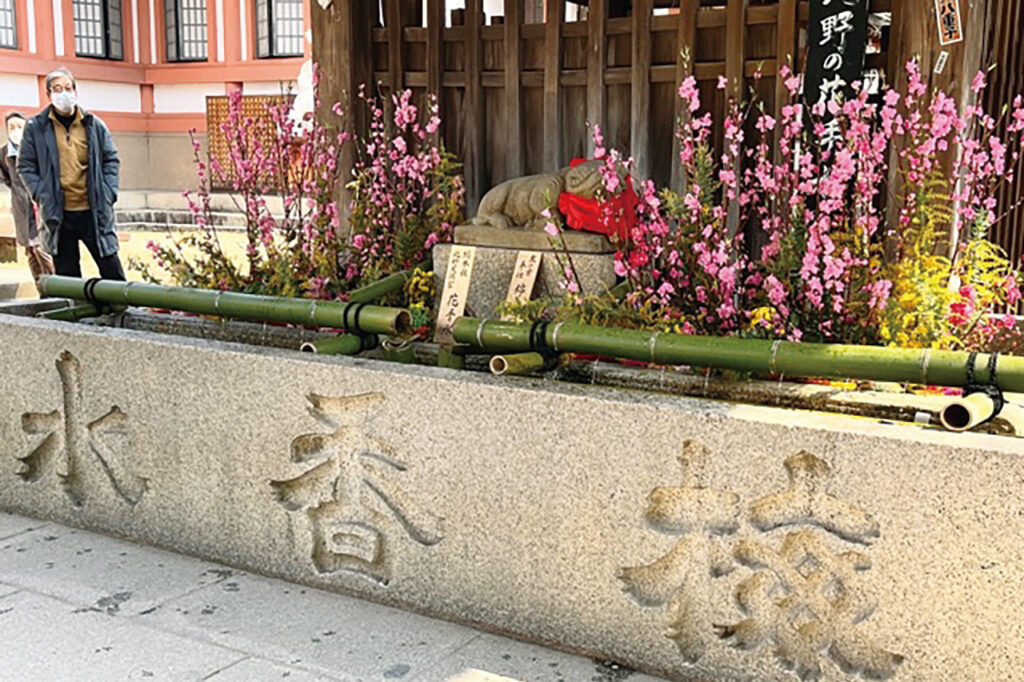
Gorgeous hand-watering basin.

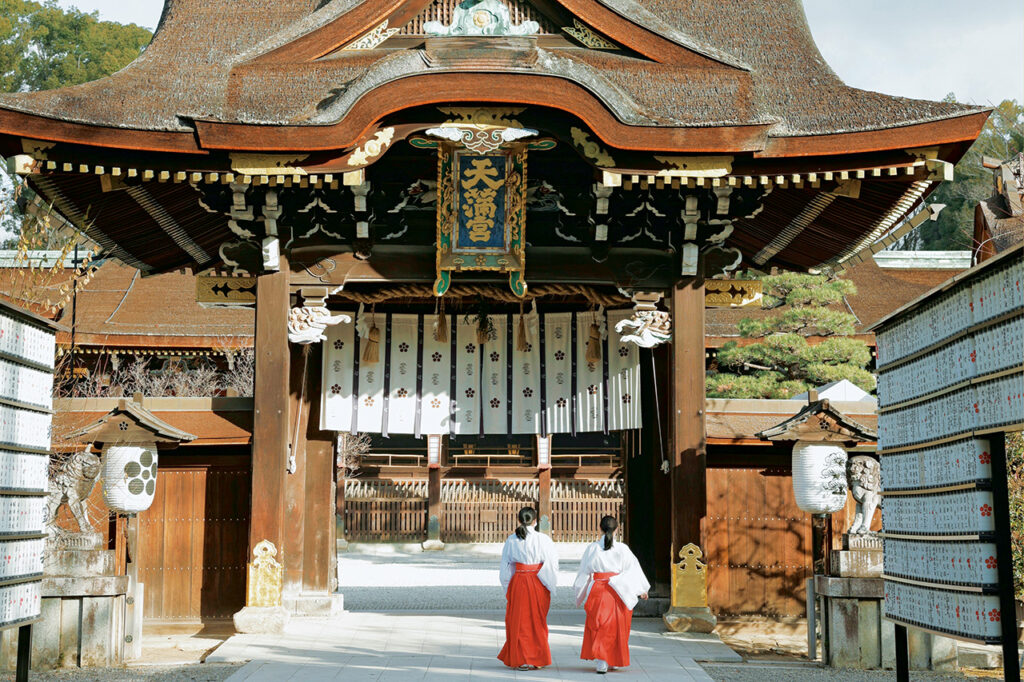
Sankomon Gate, an important cultural asset.

Over 600 interviews per year! An order site carefully selected by the editors who knows Kyoto and Shiga.
nowOfficial LINE friend registration500 yen OFF coupon is being issued!
Distributed every Friday morning at 8:00 am! From new restaurant information to event information that we want to share with you, We deliver articles about Kyoto that are useful to know. About 20,000 people have registered.Click here to add a friend!
 News
News Feature article
Feature article Featured event
Featured event